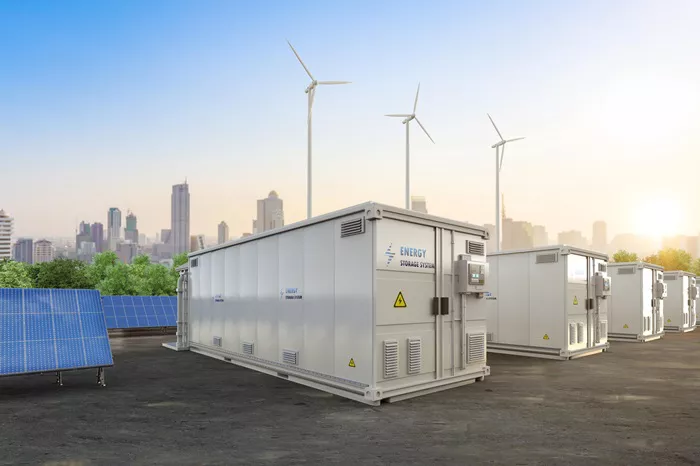Battery Energy Storage Systems (BESS) played a pivotal role in maintaining the stability of the UK power grid during a major disruption in power imports from Norway. When the North Sea Link, the undersea cable connecting the UK and Norway, suddenly dropped its power exports from 1.4 gigawatts to zero, the UK grid’s frequency sharply declined, risking widespread power disruptions.
In response, within just two minutes, BESS systems across the UK kicked in to stabilize the grid and avert a potential crisis. The grid frequency, which is maintained around 50 Hz, dipped to 49.59 Hz within seconds, which could have triggered power outages or equipment damage. However, BESS systems quickly delivered 1.5 gigawatts of power to restore the balance between electricity supply and demand.
Grid frequency is crucial for preventing electrical faults, and any significant imbalance can cause severe disruptions. BESS systems, particularly lithium-ion batteries, are well-suited to provide fast-acting frequency regulation, particularly in situations where the energy supply is disrupted by events such as interconnector failures. These systems also offer reserve power after a few minutes, providing a longer-term solution to stabilizing the grid.
Roger Hollies, Technology Chief at Arenko Group, highlighted the vital role of BESS in the event, stating, “It’s exciting to see batteries casually keeping the lights on whilst delivering diversity of activity to maximize revenue.”
Charlotte Johnson, Global Director of Markets at Kraken, emphasized that lithium-ion BESS systems are key for quickly responding to grid frequency issues. The October event is not an isolated incident. In late September, the Kelwin Battery project in Ireland responded within seconds to a disruption on the Moyle interconnector, once again showcasing the critical role of battery storage in maintaining grid stability.
As the energy sector moves towards zero-carbon electricity, these fast-acting battery systems are seen as integral to a reliable, low-emission grid infrastructure.

